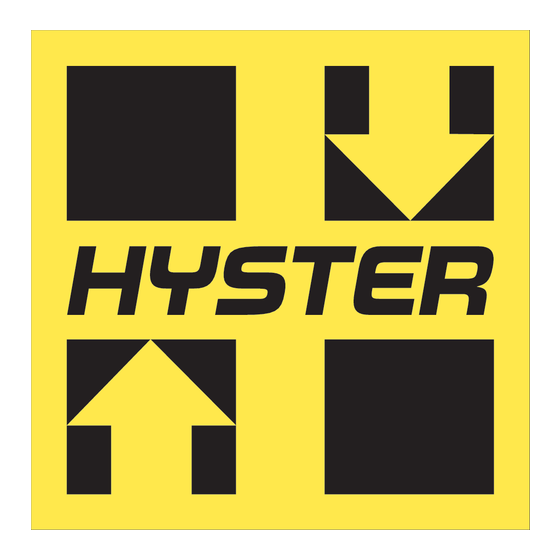

Hyster S40XM Operating Manual
Lift trucks
Hide thumbs
Also See for S40XM:
- Safety precautions maintenance and repair (26 pages) ,
- Safety precautions maintenance and repair (38 pages) ,
- Periodic maintenance procedure (80 pages)






Need help?
Do you have a question about the S40XM and is the answer not in the manual?
Questions and answers